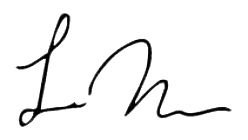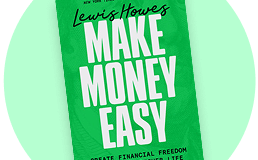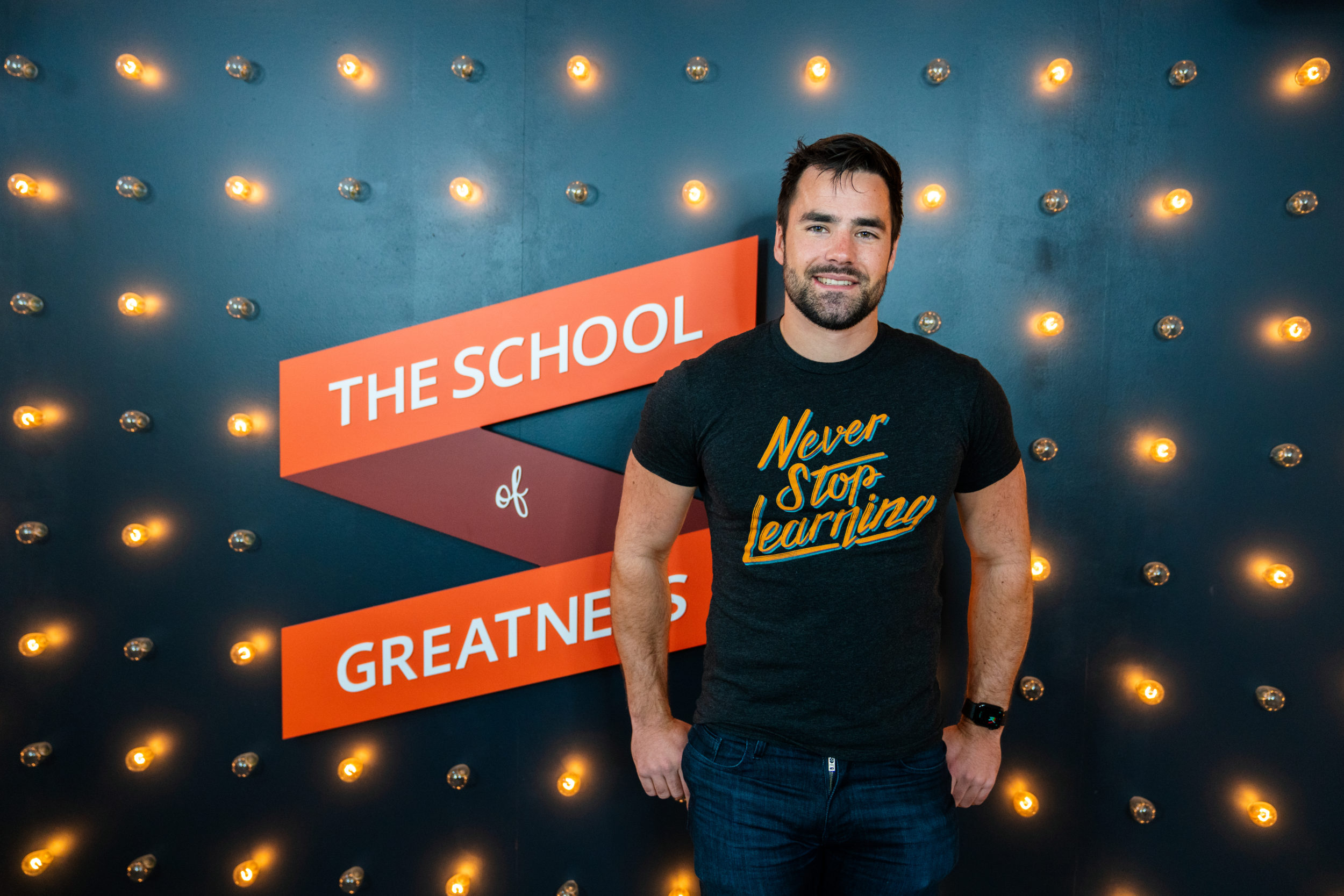The Techniques Thomas Uses to Learn New Things Faster and Improve Memory
When was the last time you learned something new? Whether it was a new hobby or learning how to cook a new dish or something more serious like a new language, did it feel amazing when you were done? Learning is one of the most rewarding things we can do — it makes us smarter and expands our horizons. And best of all, learning happens faster than ever today with all the resources available online. So if you’re interested in learning something new, you’ll be happy to know that Thomas Frank shared with us some techniques on how to learn new things faster and improve our memory.
“There are a few things we can go through here. [The] first one I wanna talk about is the three types of progress: … Gear acquisition, the conceptual learning phase, and then the deliberate practice phase. The thing about these phases is they each offer a different level of a perceived jump for the effort invested.” – Thomas Frank
Gear acquisition is the process of buying and collecting the things you need to do the things you love. Whether it’s a new bike for your morning commute or a set of golf clubs to help perfect your swing, gear acquisition can be an enjoyable experience that results in greater productivity and satisfaction.
“Gear acquisition is … buying the things you need, [like if] I want to be a YouTuber, I buy a camera, I buy a lens, [and] I buy lights. You’ll feel like you’ve made this quantum leap in a sense … because you now have the tools you need to do the things [you want to do].” – Thomas Frank
The next type of progress is the conceptual learning phase, which is one of the most important steps in mastering a new skill. It’s when you learn the basic principles and theories behind a subject matter. Once you’ve grasped the concepts, everything else becomes much easier to learn.
“[The] second type is conceptual learning. So sit down, take a course, read a book, and have a teacher. … And the biggest thing here is … the sequencing you should probably go through and then try to focus on learning the skills of subsets you want to learn right now. So in the case of figure skating, I do not want to start with a triple axle, right? I don’t even want to start with any kind of jump whatsoever, especially any kind of jump with a rotation because first I need to understand how to rotate, and there’s a move called a three turn. This is one of the first things you … [should] learn.” – Thomas Frank
In order to learn something new, we must first understand it. This is often done by breaking down the concept into smaller and more manageable pieces. Sequencing is one strategy that can be used in the conceptual learning phase to help learners better understand and remember new information. By learning one step at a time and in the correct sequence, you will learn more effectively and quickly, but this should be followed by the last stage of progress, which is deliberate practice.
“[In deliberate practice, there are] things like interleaving, where … you spend a little bit of time working on one subset of a skill, and then you go move to something else deliberately, and that sort of lets your brain be relaxed from the practice on one aspect and get into something else. And then it combines them later on.” – Thomas Frank
Deliberate practice involves breaking down the skill you want to improve and practicing it slowly and methodically. By doing this, you can ingrain the desired behavior or skill into your memory. With enough practice, you will be able to perform the skill effortlessly.
However, this is easier said than done because sometimes there are obstacles like procrastination, which is the tendency to delay things that need to be done. So, it’s also important to understand why we procrastinate and how to overcome that impulse.
Overcoming Procrastination
We all procrastinate from time to time. It’s natural to put off tasks that we find difficult or unenjoyable. In fact, up to 95% of people procrastinate at some point in their lives. But why do we do it, and more importantly, how can we overcome it?
“There are internal and external factors [in procrastination]. The biggest thing comes down to resistance. [Sometimes] we feel too engaging in a task, and when we have resistance … we want to go to something with less resistance. … So the biggest thing is how can you tailor your environment so that there is no path of lesser resistance?” – Thomas Frank
There are a lot of reasons why we might procrastinate — from lack of interest or motivation to lack of understanding or feeling overwhelmed. But one of the most common reasons is internal resistance. We may not be fully convinced that we should be doing this task, or that it’s worth our time and effort. So how can we overcome that internal resistance and get started on our tasks?
“There’s a principle called the twenty-second rule. … The principle is, ‘What is the activation energy required to do anything?’ So if it’s something you want to do less, [then] increase the activation energy. I remember when I was a kid, my mom would take the power cord to our PlayStation, and we [would] have to ask her for it, … [making] it harder to go play the PlayStation. And then if you want to do something more, decrease the activation energy. So, if I want to play guitar more, [then the] guitar is not in the case — it’s on the stand somewhere where I walk by every day so I can just pick it up.” – Thomas Frank
In order to overcome procrastination, you have to deal with the obstacles in your way. Procrastination is often a sign that something is getting in the way of our success. The best way to overcome it is to identify and address these issues head-on. Once you’ve done that, you can start moving toward your goals with greater clarity and confidence. So don’t wait any longer — get started today!
Why You Should Listen to This Thomas Frank Podcast Episode Right Now…
Guys, my conversation with Thomas Frank was so amazing, so listen to the full episode for more, and don’t forget to share it with someone who needs to hear it. You could make a difference in someone’s life today.
Follow Thomas Frank on social media. He’s on Instagram, Facebook, and Twitter. You may also subscribe to his YouTube Channels for access to his amazing videos and podcasts watched by millions of viewers worldwide. You’ll learn valuable tips and life hacks through the videos he shared on YouTube and Nebula.
Check out his website, as well. He’s offering free courses on How to Build Habits That Last, Productivity for Creatives, and more, and if you want to get better grades, you can get a free copy of his book, 10 Steps to Earning Awesome Grades (While Studying Less).
To end our conversation, I asked Thomas Frank for his definition of greatness, and his answer was on-point:
“[Greatness is] being able to do the things you want to do, making an impact for the people who are in your life, keeping those personal relationships going, … defining a mission, and at least accomplishing it or getting closer to it.” – Thomas Frank
It’s easy to get wrapped up in the little things — the rush-hour traffic, bills to pay, and trying to keep up with our tasks can consume our lives and prevent us from reaching our full potential. But it’s important to remember that greatness is being able to accomplish things and make an impact. Don’t let the distractions of life hold you back! You can do great things if you set your mind to it. Just think about all the amazing people who have made a difference in the world. They didn’t let anything stand in their way! So what’s stopping you? Go out there and do something great. And if no one’s told you lately, I want to remind you that you are loved, you are worthy, and you matter.
To Greatness,




